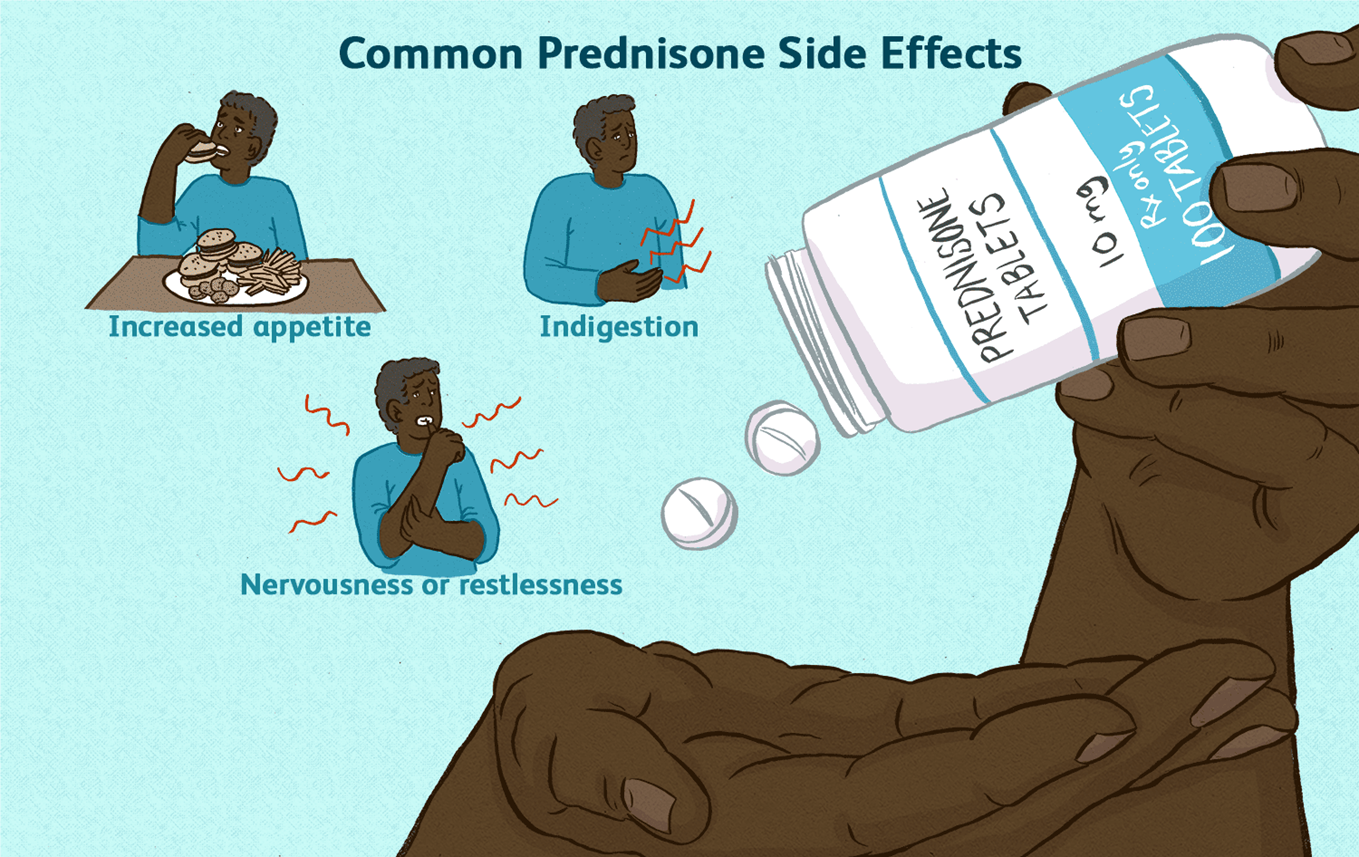A client has just been informed of a positive HIV test. The client is distraught and does not know what to do. What is the best intervention by the nurse?
Explain the legal requirements to inform sex partners.
Assess the client for support systems.
Offer to inform the family for the client.
Determine if a clergy member would help.
The Correct Answer is B
Choice A rationale:
Explaining legal requirements to inform sex partners at this initial stage is not the most appropriate or supportive intervention.
The client is in a state of emotional distress and may not be receptive to information about legal obligations. It's crucial to first address the client's emotional needs and provide support before discussing legal matters.
Prematurely focusing on legalities could further overwhelm the client and potentially hinder the development of a trusting relationship with the nurse.
Choice C rationale:
Offering to inform the family for the client, while well-intentioned, may not respect the client's autonomy and right to privacy. The decision to disclose HIV status to family members is a personal one that should be made by the client, not the nurse.
It's important to empower the client to make their own choices about disclosure and provide support throughout the process.
Choice D rationale:
Determining if a clergy member would help could be a valuable resource for some clients, but it should not be the first or only intervention.
It's essential to first assess the client's individual needs and preferences regarding spiritual support.
Not all clients may find comfort in religious or spiritual guidance, and some may prefer to seek support from other sources.
Choice B rationale:
Assessing the client for support systems is the most appropriate initial intervention because it focuses on the client's immediate needs for emotional support and connection.
By identifying existing support systems (such as family, friends, or community organizations), the nurse can help the client access resources that can provide comfort, understanding, and assistance in coping with the diagnosis.
This approach recognizes the client's emotional state and prioritizes their psychosocial well-being, which is essential in the initial stages of coping with an HIV diagnosis.
Nursing Test Bank
Naxlex Comprehensive Predictor Exams
Related Questions
Correct Answer is D
Explanation
Choice A rationale:
It is not accurate to state that the patient is at risk for seizures due to fungal infections. While fungal infections can occur in individuals with HIV-1, they are not a primary cause of seizures in this population.
Linking fungal infections directly to seizure risk without clear evidence could cause unnecessary anxiety in the patient. It's important to provide accurate and relevant information to patients.
Choice B rationale:
Responding with "I have no idea why you would be taking this drug" is unprofessional and unhelpful.
Nurses are expected to have a basic understanding of the medications their patients are taking and to be able to provide education and support.
It's essential to demonstrate knowledge and confidence when interacting with patients.
Choice C rationale:
While gabapentin can have mood-elevating effects in some individuals, it is not primarily used as an antidepressant. Mentioning this potential side effect without clarifying the primary purpose of the medication could mislead the patient. It's crucial to prioritize the main indication for the medication to avoid confusion.
Choice D rationale:
This is the most appropriate response because it accurately explains the primary reason for prescribing gabapentin to this patient.
Gabapentin is commonly used to treat neuropathic pain, which is pain caused by nerve damage.
HIV-1 can often lead to neuropathic pain, making gabapentin a valuable treatment option in this population.
Providing clear and accurate information about medication purpose builds trust and understanding between the nurse and the patient.
Correct Answer is A
Explanation
Choice A rationale:
Prednisone is a corticosteroid that suppresses the body's natural production of cortisol. Cortisol is a hormone that is essential for life, and it plays a role in many important bodily functions, including:
Regulating blood sugar levels Maintaining blood pressure Reducing inflammation Responding to stress
When a person takes prednisone for a long period of time, their body begins to rely on the medication to provide cortisol. If the medication is stopped suddenly, the body cannot produce enough cortisol on its own, which can lead to a life-threatening condition called adrenal insufficiency.
Adrenal insufficiency can cause a variety of symptoms, including: Extreme fatigue
Weakness Dizziness Nausea Vomiting Abdominal pain Confusion
Loss of consciousness
To prevent adrenal insufficiency, it is important to taper off prednisone slowly over a period of time. This allows the body to gradually adjust to producing cortisol on its own.
Here are some additional details about why prednisone should never be discontinued abruptly: The risk of adrenal insufficiency is highest when prednisone has been taken for more than 3 weeks. The longer a person has been taking prednisone, the slower the taper should be.
It is important to follow the tapering instructions provided by the healthcare provider.
If a person experiences any symptoms of adrenal insufficiency, they should seek medical attention immediately.

Whether you are a student looking to ace your exams or a practicing nurse seeking to enhance your expertise , our nursing education contents will empower you with the confidence and competence to make a difference in the lives of patients and become a respected leader in the healthcare field.
Visit Naxlex, invest in your future and unlock endless possibilities with our unparalleled nursing education contents today
Report Wrong Answer on the Current Question
Do you disagree with the answer? If yes, what is your expected answer? Explain.
Kindly be descriptive with the issue you are facing.
